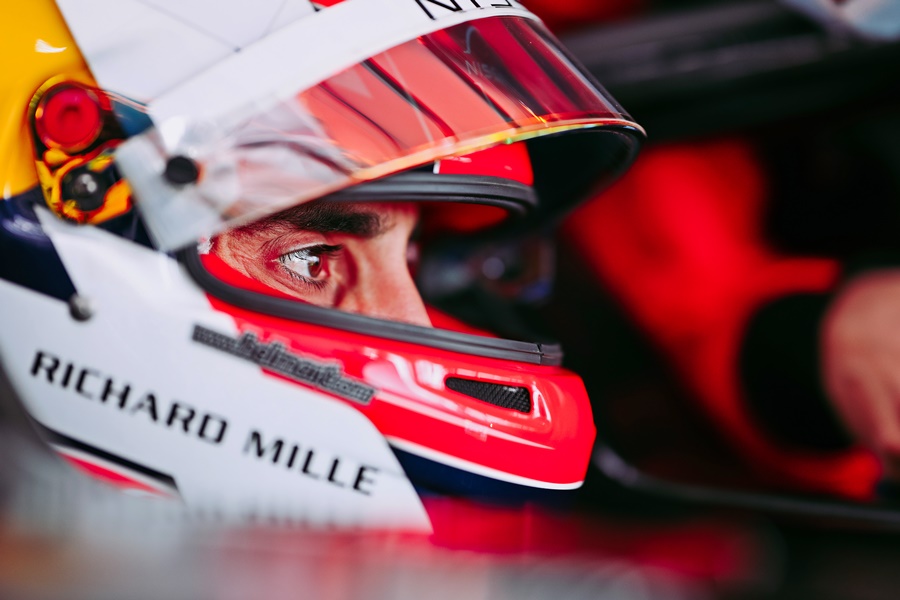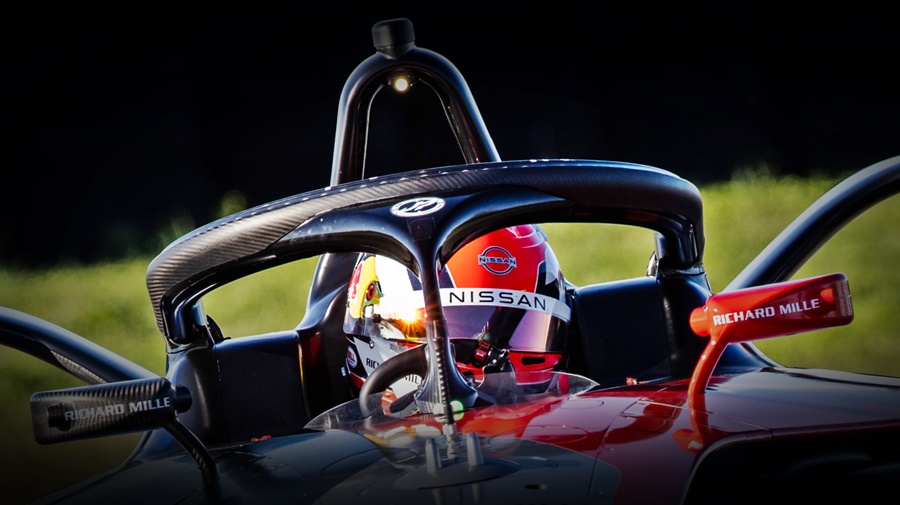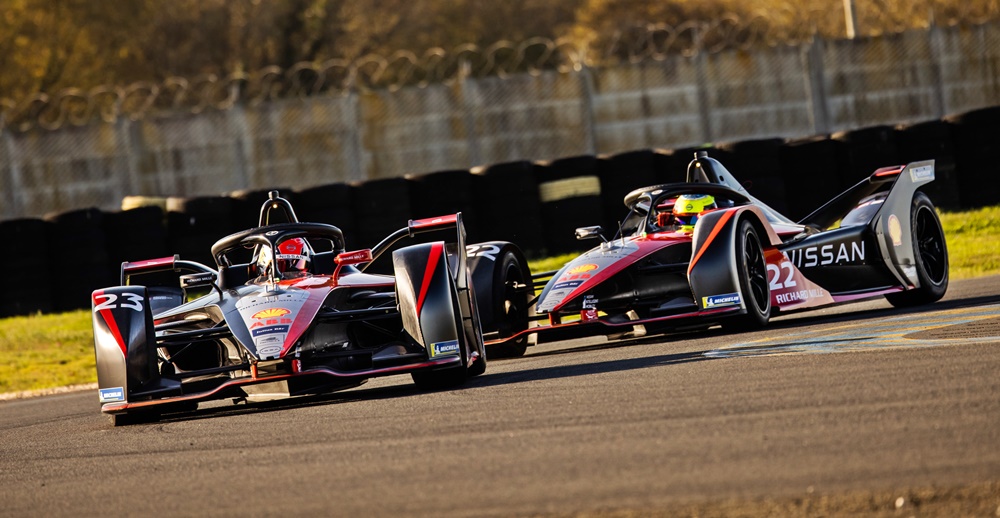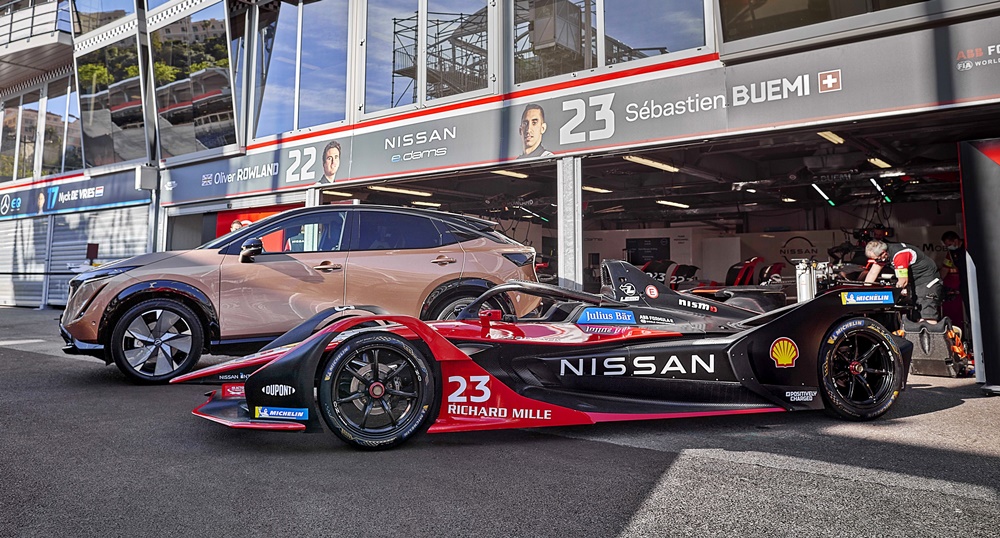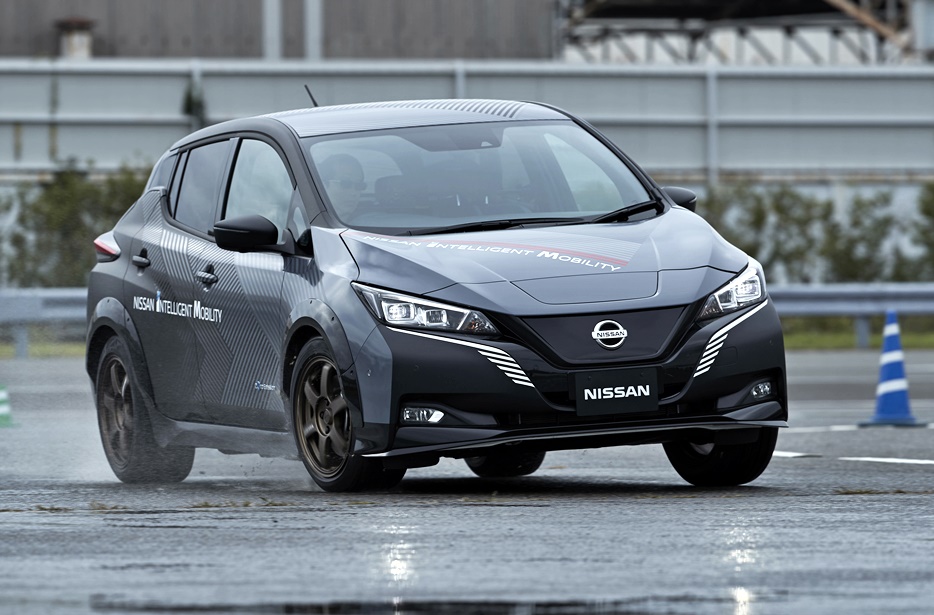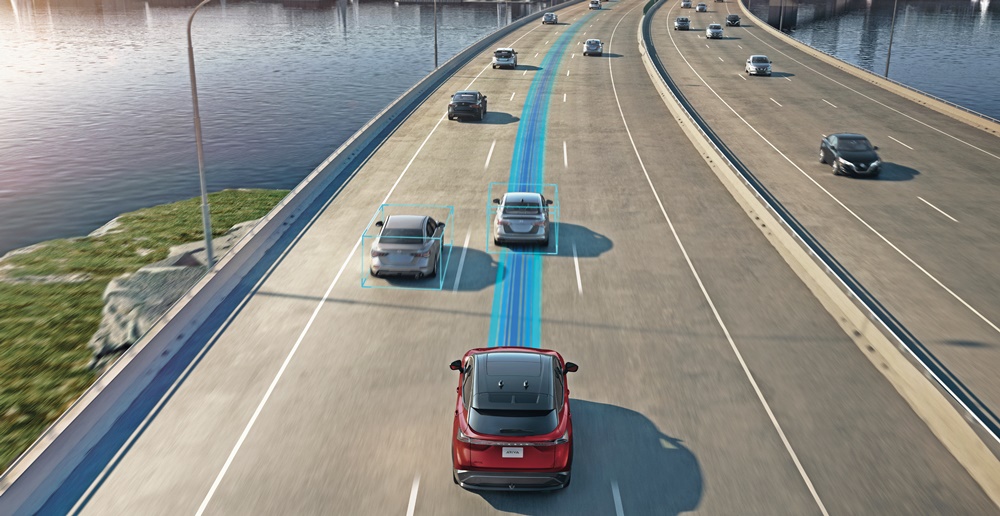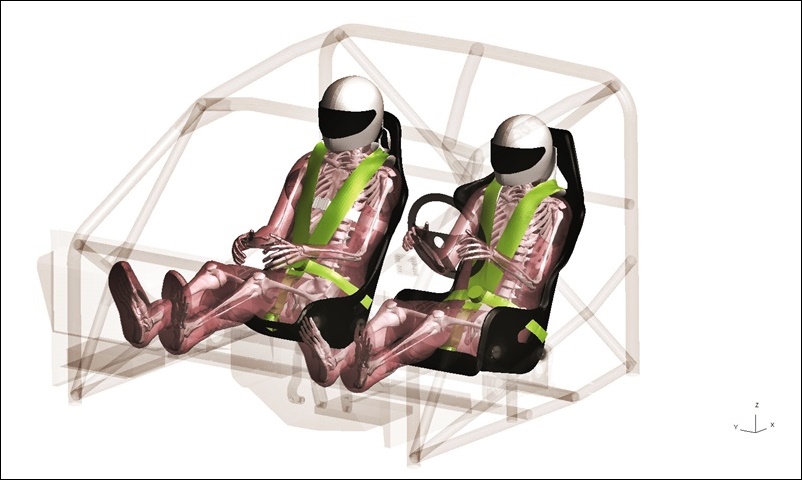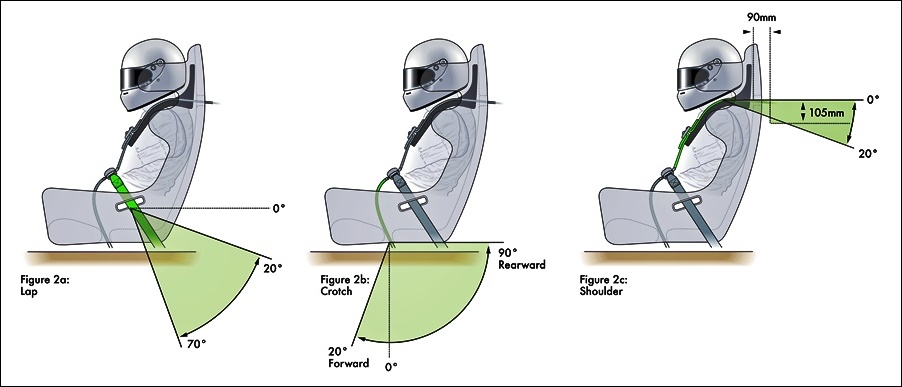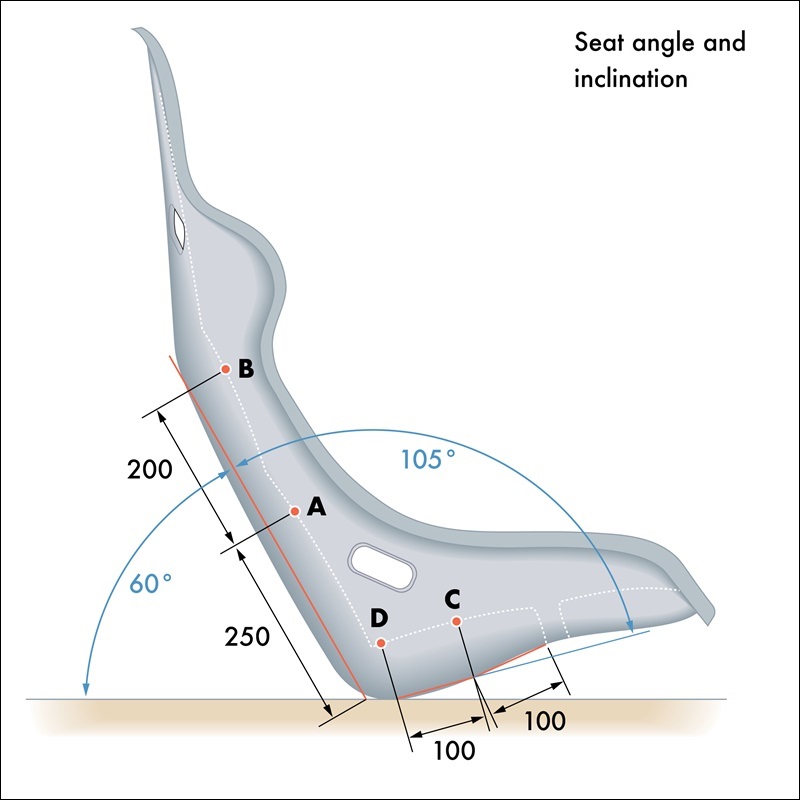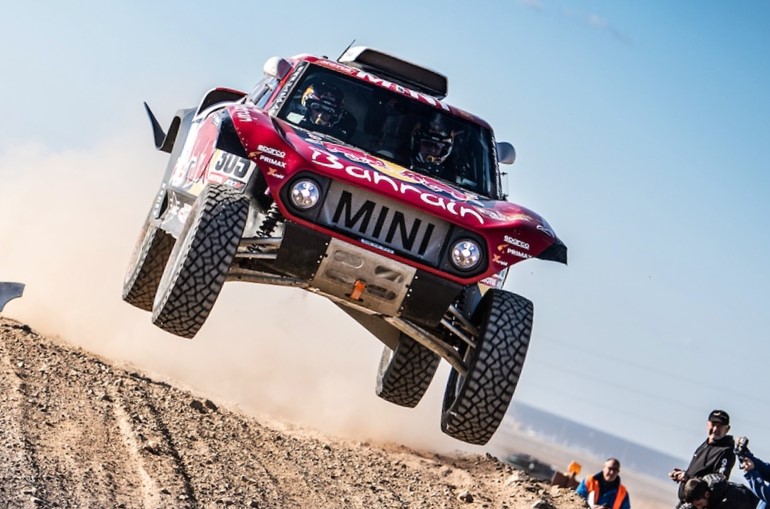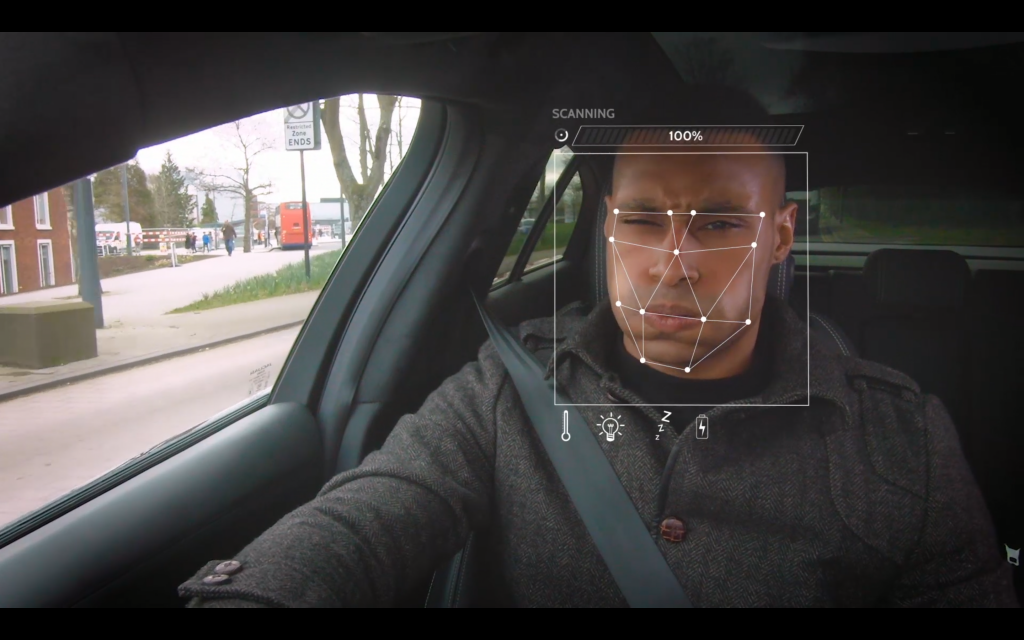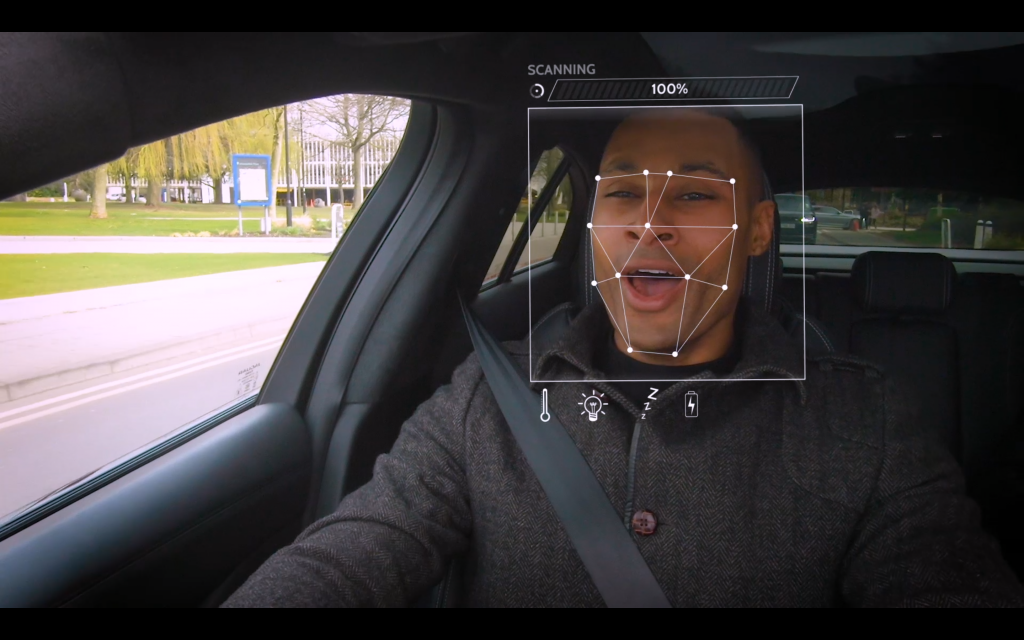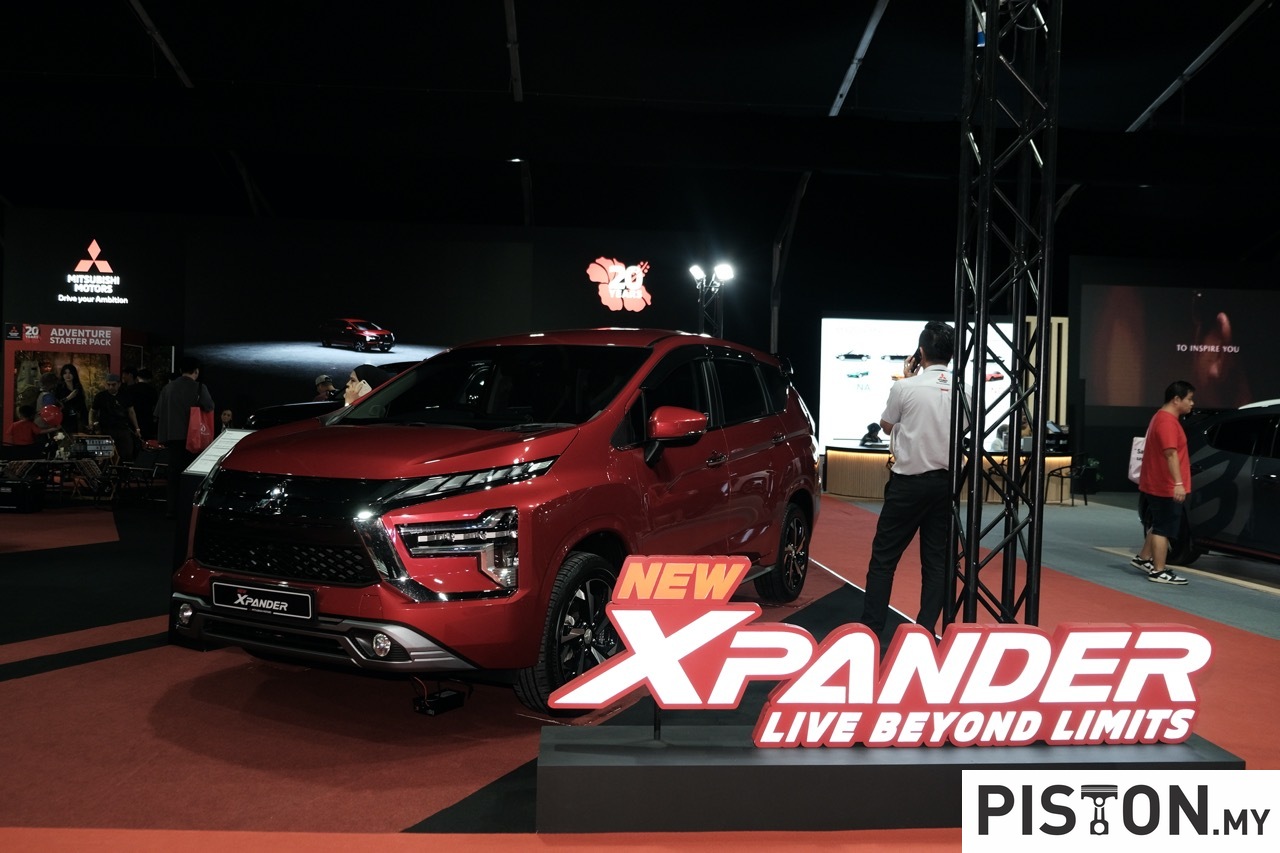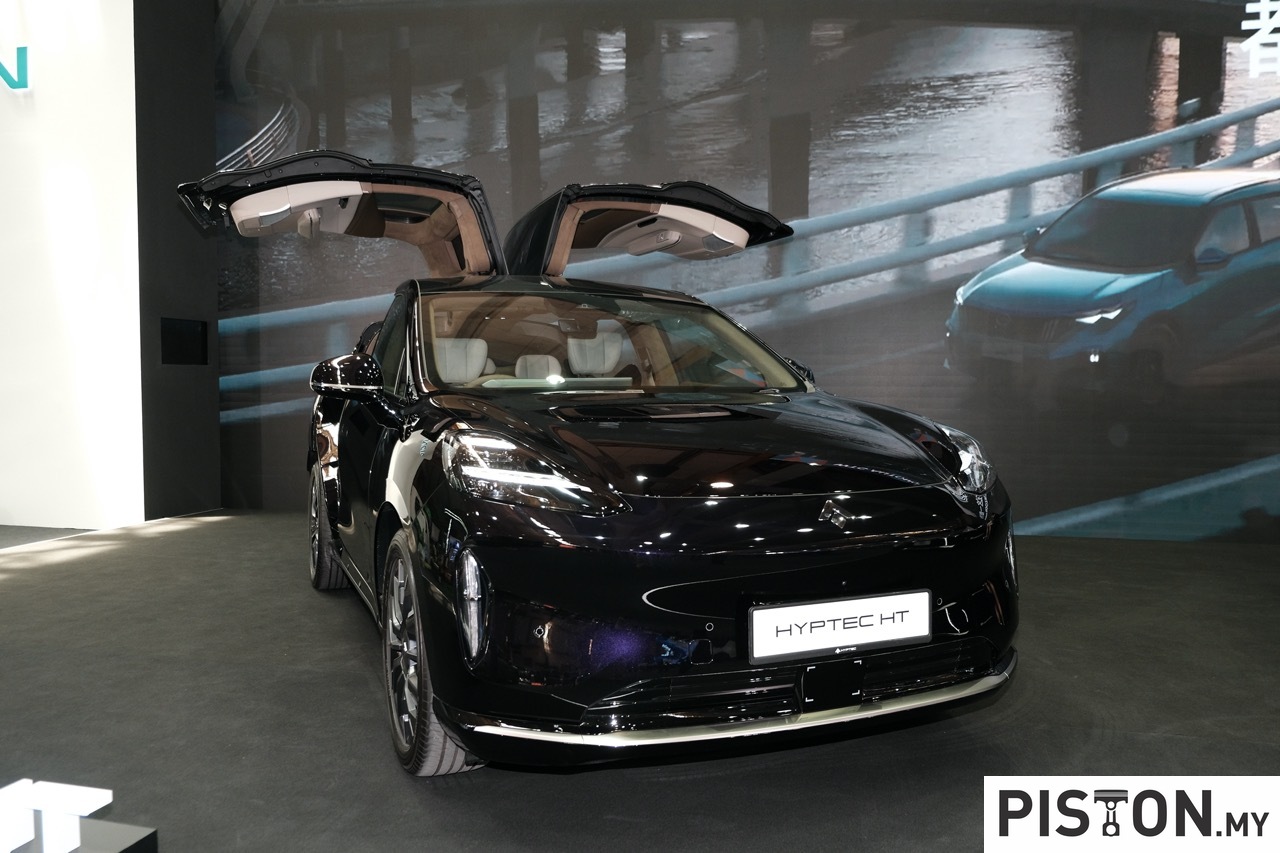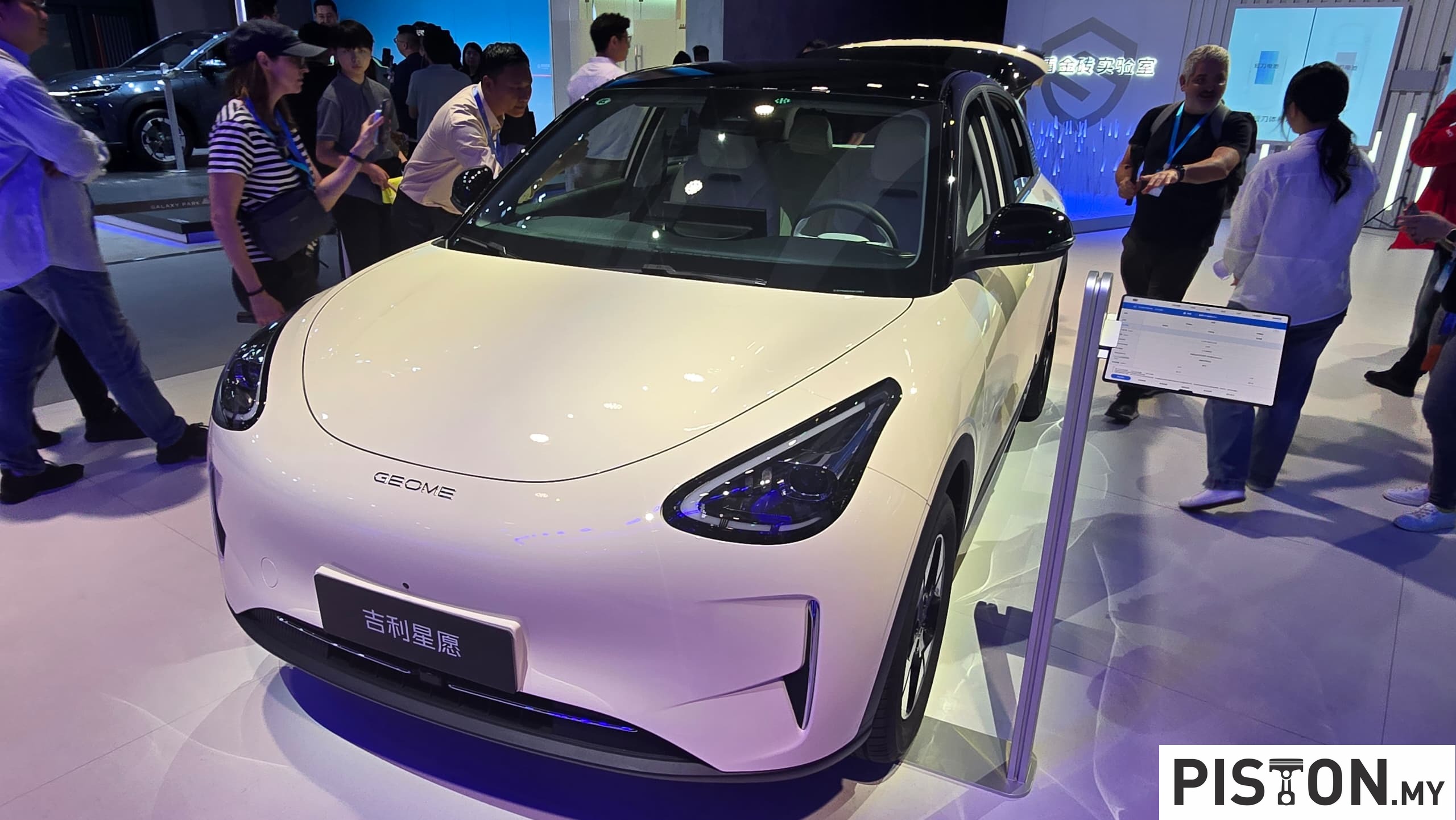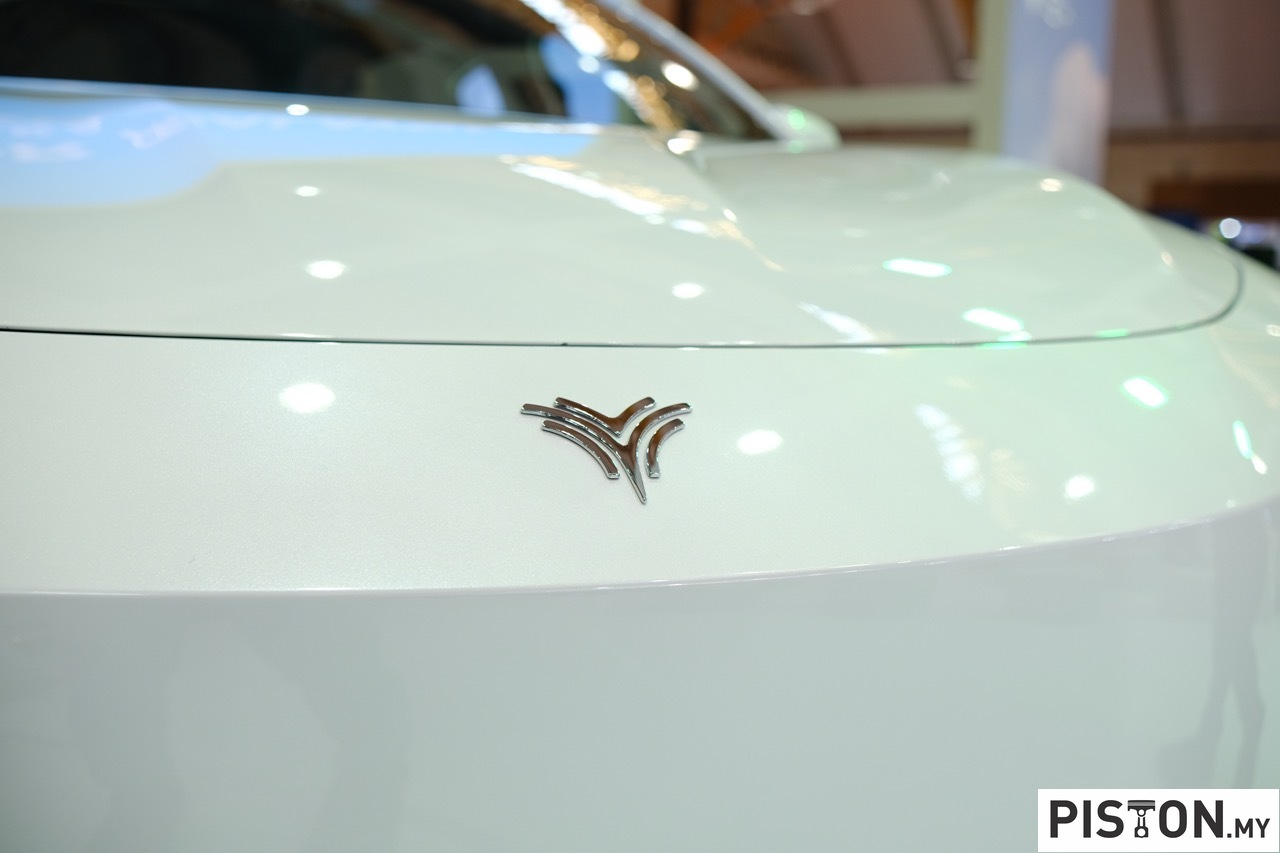In everyday driving, the brain has to be quick enough to analyse and get a driver to act correctly in any situation – millions of times on a journey. And that’s at a moderate speed too. For racing drivers, the demands are even greater as they travel at far higher speeds so they need quicker reactions and faster abilities to assess situations.
To help its Sebastien Buemi and Oliver Rowland, Nissan’s racing drivers in the all-electric Formula E series, the carmaker has developed an innovative program focused on brain function and anatomy research, training and development in the motorsport field.
Nissan Brain to Performance, as the program is called, uses advanced brain imaging and analysis to determine the anatomical specifics of high performance, professional drivers. The program aims to develop bespoke, optimized training to enhance the brain functions and anatomy related to driving and racing.
“At Nissan, we dare to do what others don’t. With this groundbreaking program, we aim to understand our racing drivers’ brain functions like never before and push the boundaries of on-track performance in Formula E,” said Tommaso Volpe, Nissan’s Global Motorsports Director. “What if, through advanced brain function analysis and training, we could help make our drivers perform better? Every tenth of a second counts in Formula E, so we’re excited to see how our cutting-edge Nissan research team can enhance the drivers’ already high-performing brain functionality.”
Better connection between people and vehicles
The program will be coordinated by Dr. Lucian Gheorghe, a leader in the field of brain analysis and training, and a driving force behind Nissan’s forward-looking research on how to better build the connection between people and Nissan vehicles. The immediate priority of the program is to enhance the performance of Nissan’s Formula E racers.
“Our brains are incredibly powerful. Without us realizing it, they perform a multitude of critical functions every second we drive our cars. Our highly trained and experienced Nissan Formula E drivers perform these functions under intense pressure and at great speed as they constantly search for faster lap times. Our new Nissan Brain to Performance program seeks to understand what it is about their brains’ electrical activity that enables them to do what they do,” said Dr. Gheorghe.
“If we can, we’d like to help them further improve their performance through bespoke brain training. In the future, could our cutting-edge research help improve the driving skills of the average driver, and inform the development of our road-going EVs? We hope so,” he explained.
The first stage of the new program will involve detailed analysis and testing of the Formula E racers’ brain functions, compared against a control group of ‘average’, non- racing drivers. All drivers will perform a range of tasks on state-of-the-art driving simulators while their brain activity is monitored and recorded. Based on the results, a bespoke driver training program involving electrical brain stimulation will be developed with the aim of improving driver performance.
Key research areas
To understanding how a Nissan Formula E drivers’ brain functions and anatomy differ in comparison to average drivers, the program establishes a spectrum of driver brain activity first. Attempts will be made to see if, through the use of electrical brain stimulation, a professional driver’s brain be enhanced to improve on-track performance.
The longer-term goal is related to future Nissan EV product development, with a focus on achieving the highest level of driver excitement and focus. An increased understanding of bio-electricity will further enhance the driving experience and intuitive nature of future EV operation.
Nissan gets experts from the creators of Pac-Man to help develop better in-car sounds



